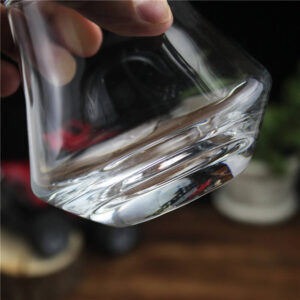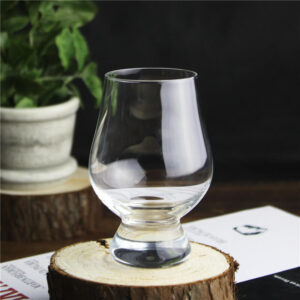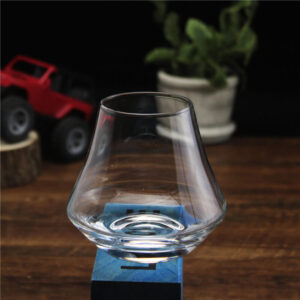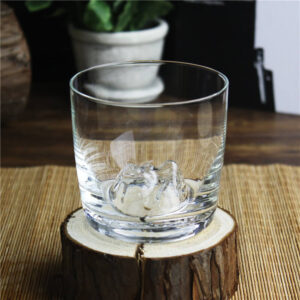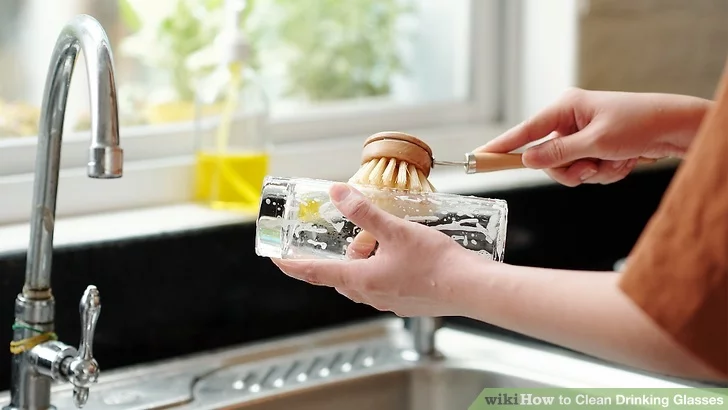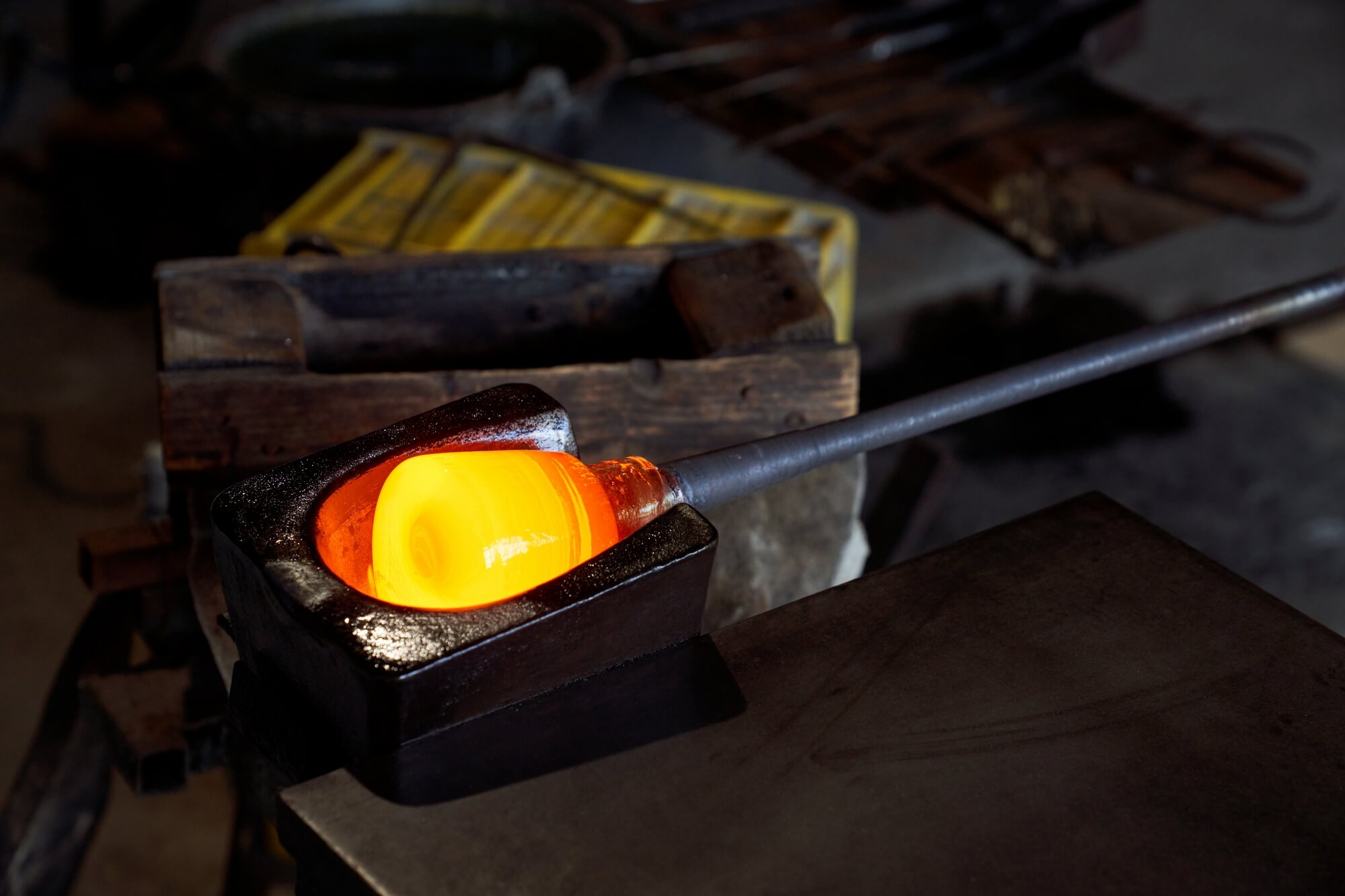Welcome to our Questions and Answers section, dedicated solely to your queries about whiskey glasses! Whether you’re a seasoned connoisseur, an aspiring whiskey enthusiast, or a curious newcomer eager to delve into the world of spirits, this platform is designed for you. Here, we address all your inquiries – from understanding the unique anatomy of whiskey glasses to their influence on the tasting experience. Unravel the nuances of different whiskey glass types, their design philosophy, and much more. Together, let’s embark on an enlightening journey to deepen our appreciation for whiskey, one glass at a time. Now, onto your questions!
source:lida
Q: What type of glass is best for whiskey?
A: The best type of glass for enjoying whiskey is often considered to be the Glencairn glass. Its tulip shape helps concentrate the aromas, enhancing the overall tasting experience. The design allows for easy swirling without spillage, enabling the whiskey to breathe, and the narrow opening delivers the aroma directly to the nose. It’s a popular choice among whiskey enthusiasts and professionals alike, as it provides a perfect balance of form and function, enhancing both the visual appeal and the sensory experience of the whiskey.
Q: What are whiskey glasses called?
A: Whiskey glasses come in different types, each with its own name. They are Glencairn glass, old fashioned or rocks glass, whiskey glasses and tumblers. The Glencairn glass is a popular choice for tasting, with its tulip-like shape. The Old Fashioned or rocks glass is often used for serving whiskey with ice or in cocktails. The whiskey tumbler is a common term for a straight-sided glass. There’s also the Highball glass, typically used for mixed drinks. Each type of glass has its own characteristics, influencing the drinking experience in unique ways, and they are collectively referred to as whiskey glasses.
Q: Should whisky glasses be thick or thin?
A: The preference for thick or thin whisky glasses often comes down to personal taste and the drinking experience one desires. Thick glasses are generally more durable and provide a substantial feel in the hand, adding to the sensory experience. Thin glasses, on the other hand, may allow for a more refined tasting, as the thinner lip can deliver the whisky more precisely to the palate. Many enthusiasts prefer the Glencairn glass, which combines a thin lip for tasting with a thicker stem for handling, offering a balance between the two experiences.
Q: Is crystal or glass better for whiskey?
A: Both crystal and glass have their merits for whiskey enjoyment. Crystal, often considered the more luxurious option, refracts light beautifully and may be crafted into more intricate designs. It can enhance the visual experience of the whiskey. However, some crystal may contain lead, a concern for some users. Glass, usually more affordable and lead-free, offers a clear and clean way to enjoy whiskey. It might not have the sparkle of crystal but is often more durable. The choice between crystal and glass often comes down to personal preference, aesthetics, and budget considerations.
Q: Why does whiskey taste better in a whiskey glass?
A: Whiskey tastes better in a whiskey glass due to its shape, which is designed to concentrate the aromas and direct them to the nose, enhancing both smell and taste. The design allows the whiskey to breathe, releasing its complex flavors, and often has a thin lip that delivers the liquid more precisely to the palate. By focusing on these sensory aspects, a whiskey glass provides a tailored experience that enhances the overall enjoyment and perception of the whiskey’s flavor.
Q: Should you wash whiskey glasses?
A: Yes, whiskey glasses should be washed to remove any residue and maintain the clarity and cleanliness of the glass. Proper washing helps ensure that the flavor and aroma of the whiskey are not compromised by lingering oils or other residues. Hand washing with mild soap and warm water is often recommended, especially for delicate or high-quality glasses. Drying with a lint-free cloth can prevent water spots and keep the glass looking its best. Careful washing preserves the integrity of the glass and enhances the whiskey tasting experience.
Q: How do you hold a whiskey glass?
A: You typically hold a whiskey glass by the base or the stem, if it has one, using your thumb and first one or two fingers. Holding it this way prevents the heat from your hand from warming the whiskey, which could alter its taste. If the glass is a tumbler or rocks glass without a stem, you can hold it around the base. The key is to handle the glass in a way that doesn’t affect the temperature of the whiskey and allows for easy swirling, if desired, to release the aromas and flavors.
Q: How do you properly drink whiskey?
A: Properly drinking whiskey involves pouring it into a suitable glass, often a Glencairn or a tumbler, and allowing it to breathe for a moment. You then nose the whiskey by gently smelling it to take in the aromas. Holding the glass by the base, you sip a small amount, letting it roll over your tongue to taste the flavors. Some prefer to add a drop or two of water to open up the flavors. The key is to savor and enjoy the whiskey slowly, appreciating its complexity and nuances. It’s a personal experience that can vary by preference.
Q: What’s the difference between whiskey and bourbon glasses?
A: The primary difference between whiskey and bourbon glasses pertains to the specific types of whiskey they are designed to enhance. A traditional whiskey glass like the Glencairn is shaped to concentrate the aromas of all types of whiskey, including bourbon. However, a bourbon glass, often a rocks or Old Fashioned glass, is typically wider and more robust, well-suited for drinking bourbon neat, on the rocks, or in cocktails. Both aim to enhance the drinking experience, but the choice often depends on the specific whiskey being served and the drinker’s personal preference.
| Aspect | Whiskey Glass | Bourbon Glass |
|---|---|---|
| Typical Shape | Tulip-like (e.g., Glencairn) | Wider, more robust (e.g., Old Fashioned) |
| Purpose | Concentrating aromas of all whiskeys | Suited for bourbon neat or cocktails |
| Common Usage | Used for various types of whiskey | Specifically used for bourbon |
source:lida
Q: Are scotch glasses and whiskey glasses the same?
A: Scotch glasses and whiskey glasses can be the same, as Scotch is a type of whiskey. The Glencairn glass, for example, is popular for tasting both Scotch and other whiskeys, as its shape concentrates the aromas. However, preferences may vary, and some drinkers might choose different glasses for different types of whiskey. The choice of glass can depend on the specific characteristics of the whiskey, the drinker’s preferences, or the occasion. While there may be specialized glasses, the terms “Scotch glasses” and “whiskey glasses” are often used interchangeably.
Q: Why do whiskey glasses have rounded bottoms?
A: Whiskey glasses, especially those designed for tasting, often have rounded bottoms to aid in the swirling of the whiskey. This swirling motion helps to aerate the liquid, allowing the volatile compounds to evaporate and thereby releasing the aromas. The rounded bottom makes this motion smooth and easy, enhancing the nosing experience, which is a crucial aspect of tasting whiskey. It helps connoisseurs and enthusiasts alike to better appreciate the complex flavors and scents of the whiskey, contributing to an overall more enjoyable drinking experience.
Q: How many shots in a whiskey glass?
A: The number of shots in a whiskey glass can vary based on the size of the glass and the standard shot volume in a particular country. A standard whiskey glass, like a tumbler, may hold around 8 to 10 ounces, allowing for 2 to 3 standard shots, as a shot typically measures 1 to 1.5 ounces (30 to 45 milliliters) depending on the region. A tasting glass, like a Glencairn, may hold less. It’s important to note that whiskey is often sipped and savored rather than measured in shots, especially when enjoyed neat.
| Glass Type | Capacity (oz) | Standard Shot (oz) | Number of Shots |
|---|---|---|---|
| Tumbler | 8-10 | 1-1.5 | 5-10 |
| Glencairn | 6 | 1-1.5 | 4-6 |
| Old Fashioned | 6-8 | 1-1.5 | 4-8 |
| Highball | 8-12 | 1-1.5 | 5-12 |
| Snifter | 6-8 | 1-1.5 | 4-8 |
| Rocks Glass | 8 | 1-1.5 | 5-8 |
Q: Can shot glasses be personalized, and what are common occasions for using customized shot glasses?
A: Shot glasses can indeed be personalized for various occasions, making them popular gifts and commemorative items. Personalized shot glasses are often adorned with names, dates, logos, or unique designs to mark special events. Common occasions include:
| Occasion | Description |
|---|---|
| Weddings | Favors for guests or bridal party gifts |
| Corporate Events | Branded with company logos for promotion |
| Birthdays | Customized with celebratory messages |
| Anniversaries | Marking significant milestones with dates |
| Bachelor/Bachelorette | Themed designs for pre-wedding celebrations |
These personalized shot glasses add a touch of individuality and make for memorable keepsakes, reflecting the significance of the event or relationship.
Q: What materials are commonly used in the manufacture of shot glasses?
A: Shot glasses are crafted from various materials, each offering unique characteristics. Here’s a table summarizing some common materials:
| Material | Characteristics |
|---|---|
| Glass | Standard, clear, showcases the liquid |
| Crystal | Higher quality, brilliant clarity, often more expensive |
| Plastic | Lightweight, inexpensive, ideal for parties |
| Stainless Steel | Durable, sleek appearance, retains temperature |
| Ceramic | Opaque, often used for decorative or novelty glasses |
The choice of material can affect the appearance, durability, and overall experience of using the shot glass. While glass and crystal are popular for traditional use, other materials may be chosen for specific occasions or aesthetic preferences.
Summary
The topic of “Questions and Answers for Whiskey Glasses” covers a wide range of inquiries and responses related to various aspects of whiskey glasses. It includes information about different types and styles of whiskey glasses, such as tumblers, Glencairn, Old Fashioned, and snifters, along with the specific purposes they serve. Material considerations, including the distinction between glass and crystal, and design features like thickness and shape, are also explored. Personalized whiskey glasses, the significance of certain designs, proper care, cleaning, and handling techniques, as well as the cultural and historical context of whiskey glasses, form an integral part of this comprehensive examination. Overall, this topic provides a detailed insight into the world of whiskey glasses, catering to both enthusiasts and novices seeking to enhance their understanding and appreciation of this essential aspect of whiskey enjoyment.


